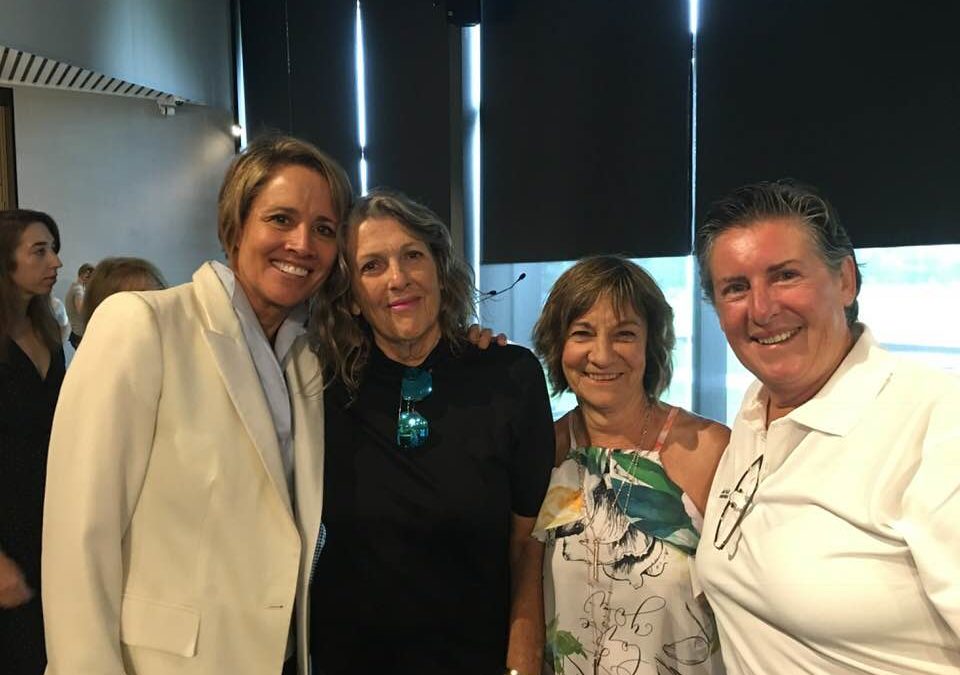What do all great players have in common? If you ask former Australian tennis star Cynthia Doerner, the X-factor for separating the good from the great is the way the great players compete each time they step on the court.
Doerner first started playing tennis alongside her dad and uncles as a child and was immediately hooked. She quickly grew into one of the top players in Australia, and eventually the world, peaking at No. 15.
Now as a coach, Doerner has a 360-degree view on the qualities that elevate players to the next level. “There are lot of things that go into making a top player, but what I think is the X-factor is the way they compete. On a day to day basis, they compete better than everybody else,” she said.
“The top players dig in when they’re losing or playing badly,” explained Doerner. “Everybody has bad days, but these players are someone that their opponents know that they have to go out and beat. These players never roll over. When you step out on the court against them, you have to work really hard to win each point.”
As a player, Doerner’s strategy for success was giving her utmost effort each and every time she stepped on the court, regardless of the fact that many of today’s resources were unavailable during her era.
“I’d go out there and try my hardest all the time, and I never gave up. I think when I went away to Europe for the first time and I played on the red clay, I learned how to compete better and construct points better,” Doerner recalled. “I never gave up. At the end of the day, I know that I always tried my hardest out there.”
Constant maximum effort is a quality that Doerner now translates into her coaching career as she works to develop her students at the grassroots level. Her mission is to not only develop successful athletes, but also to instill in them a love for the sport.
“What I try to inject in my players is love and passion for the game, so they’ll keep playing the rest of their lives,” said Doerner. “When you do see someone who stands out athletically and they really like it, then you encourage them and they have to cross over that line into competing.”
Once an athlete crosses the threshold into competitive tennis, Doerner adopts a unique coaching style tailored to each specific athlete’s personality.
“I can sum up someone just by a couple swings of the racket,” said Doerner. “When you get to know them, you work with their personality and their ability. That’s how you build a relationships with them and help guide them. I’m not a one-size-fits-all. Everyone is different, I think that’s what makes a good coach – being able to read a player and help that person on their journey.”
In order to get the best out of her athletes, Doerner takes a relationship-first approach. “It’s building that relationship and being able to get inside the kid’s head and work with them on what they’re afraid of, what they’re confident on so you’re able to have that strong relationship to help them. It’s about understanding their personality and working with them that way,” she explained.
Once a solid relationship is built with the player, then the coach is able to begin instilling the qualities that breed success. As Doerner identified, fierce competitors are the athletes who rise to the top of the rankings in the sport.
However, without a sound foundation, which starts with having a great relationship between player and coach, that fierce competitive edge will never be properly honed. Time and time again, relationship-based coaching proves to be a key component to elevating players to that next level.

